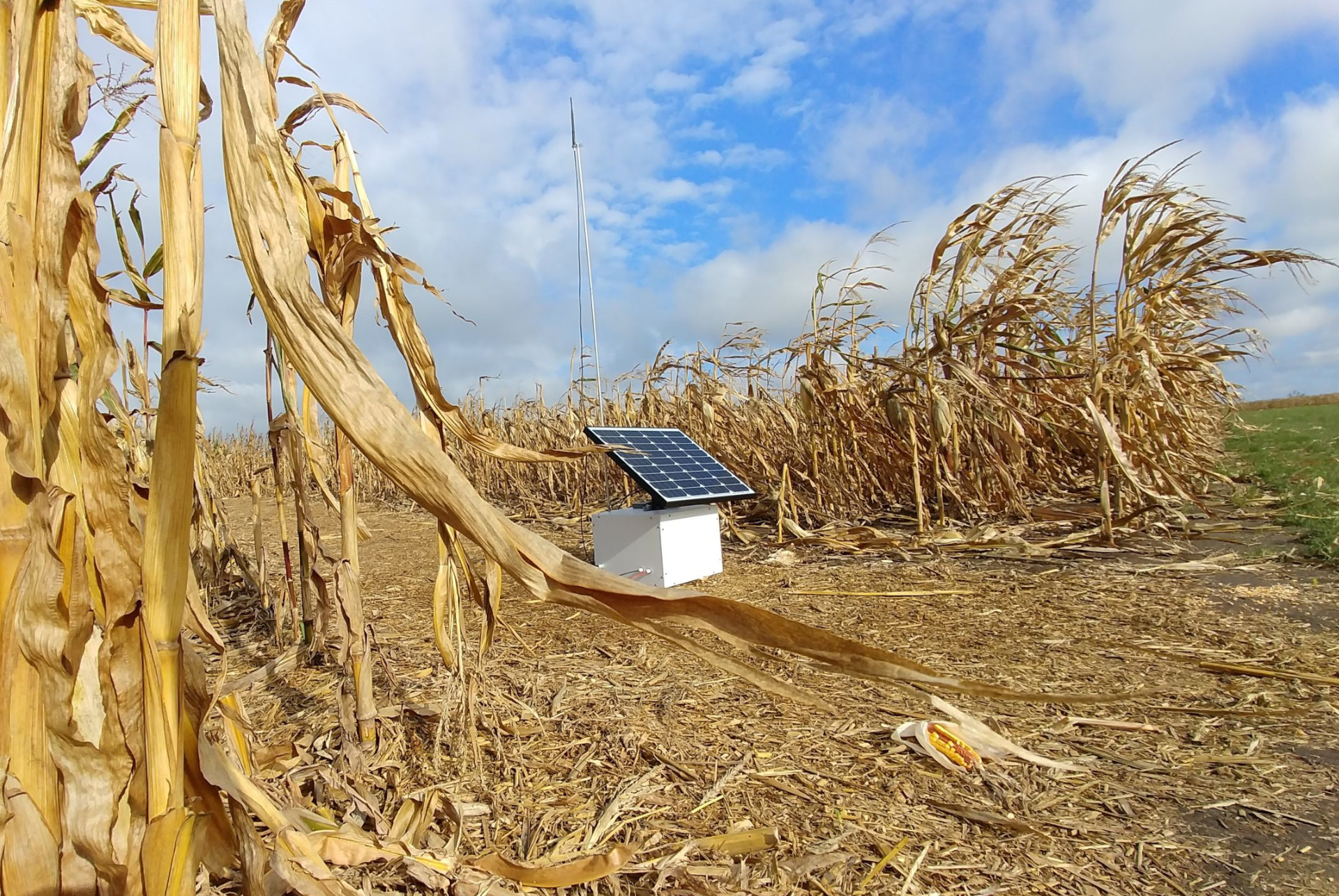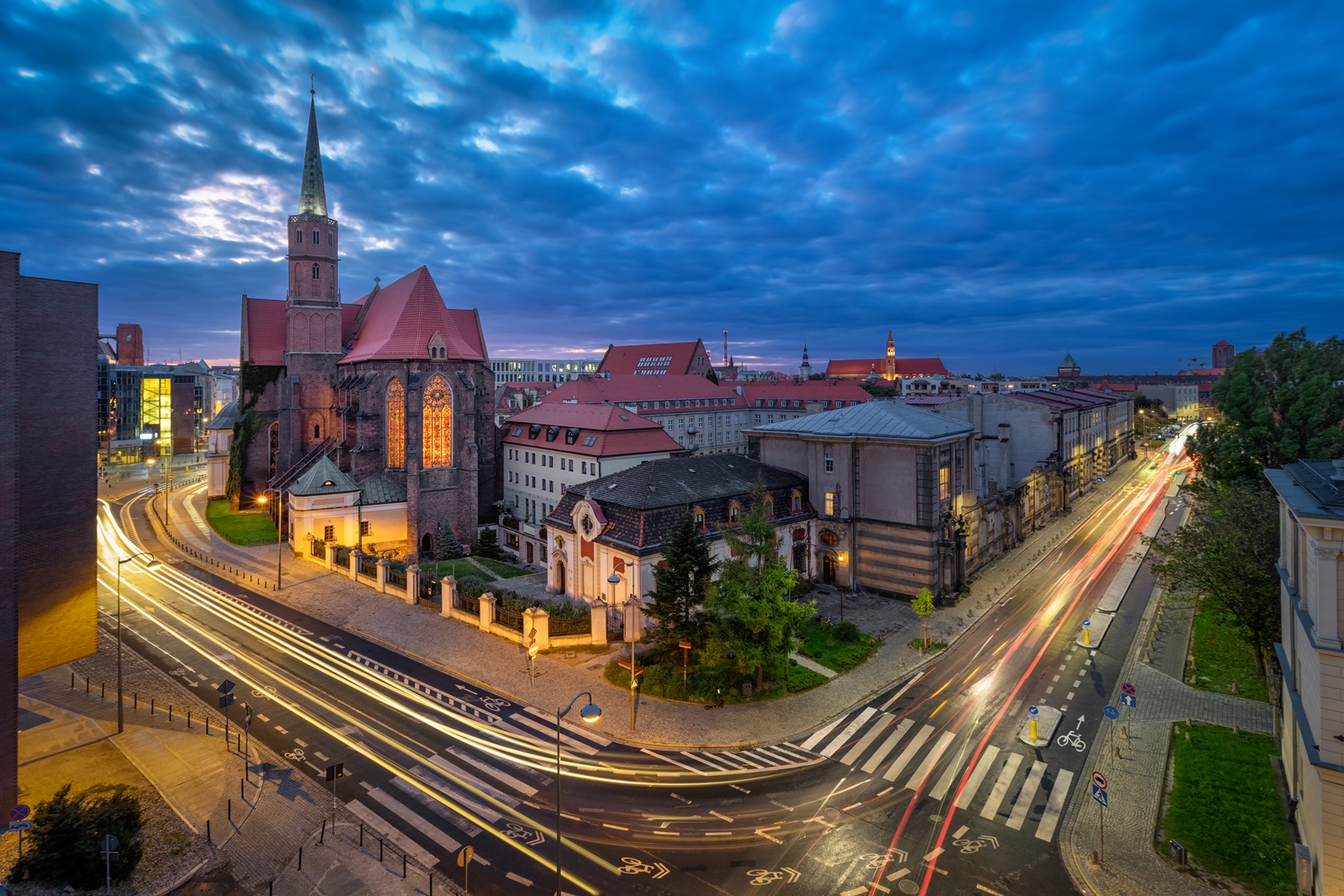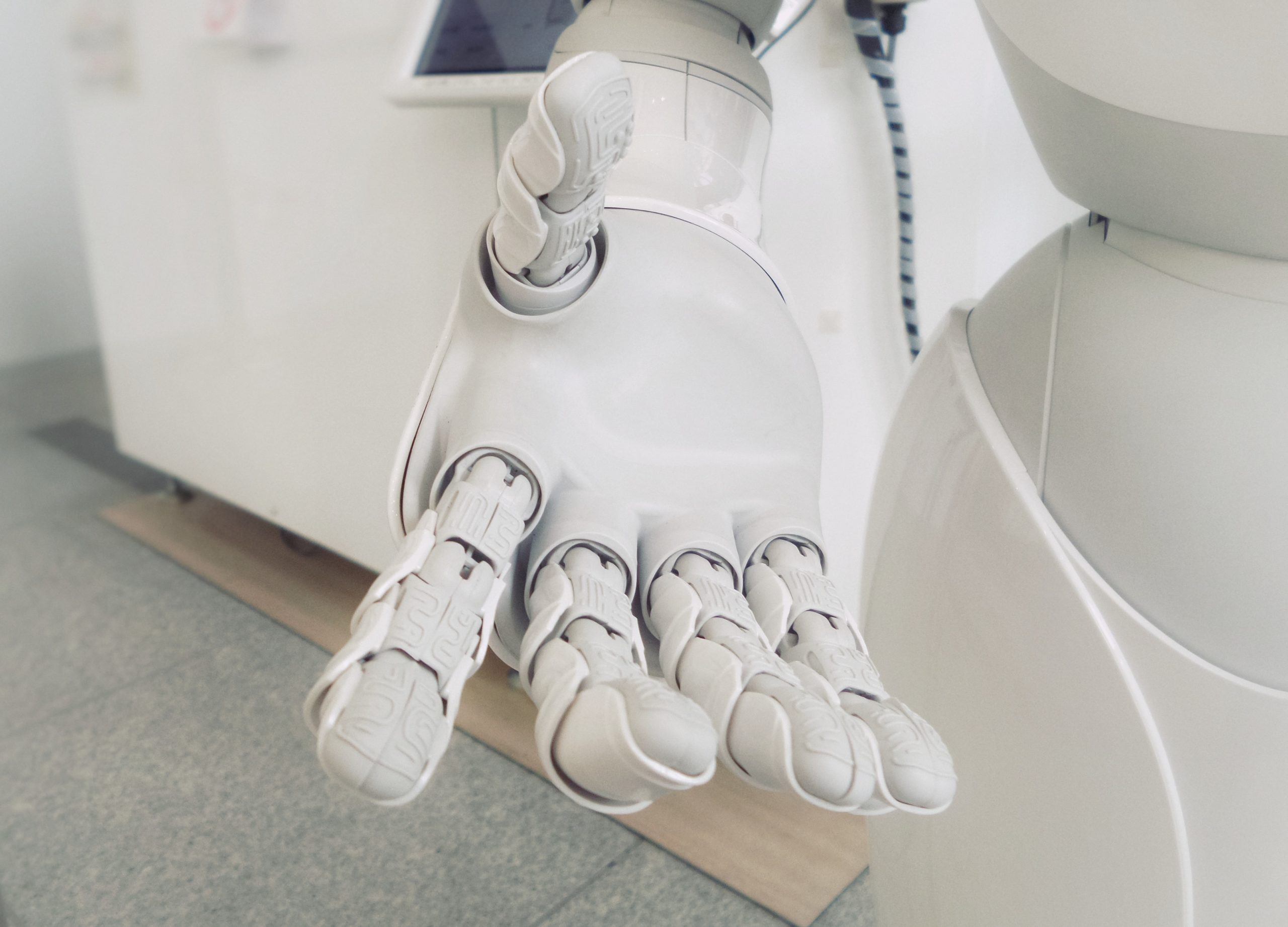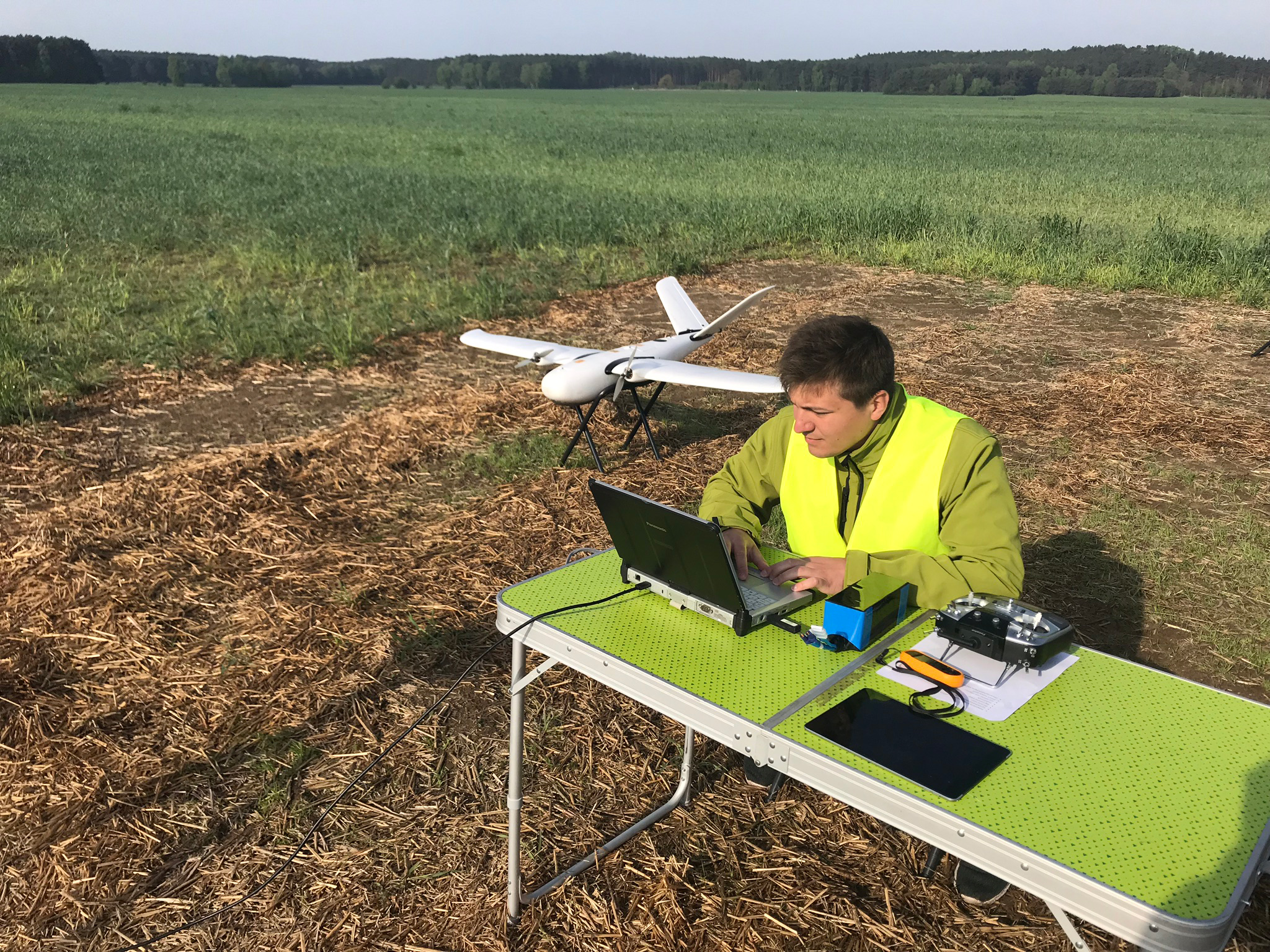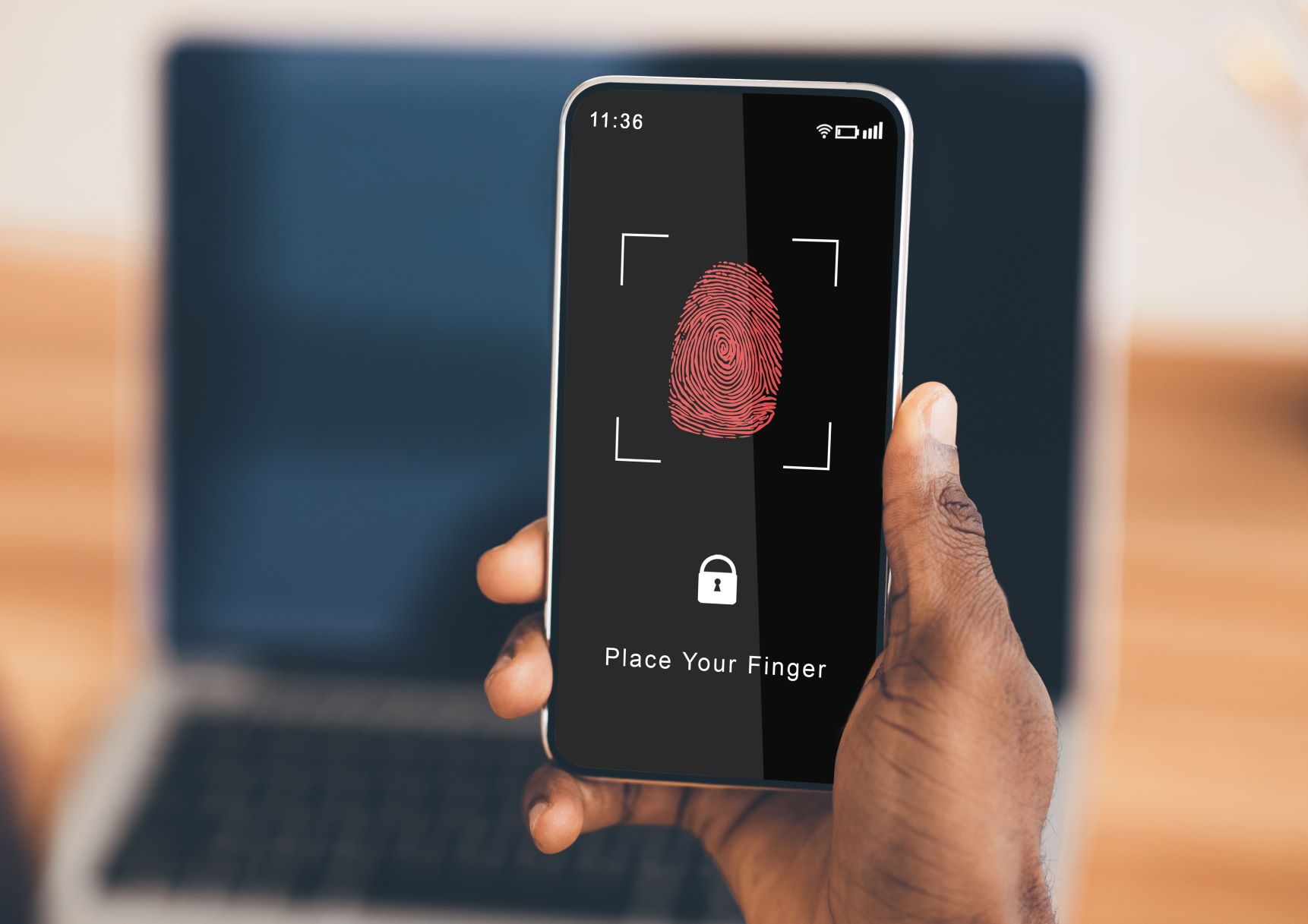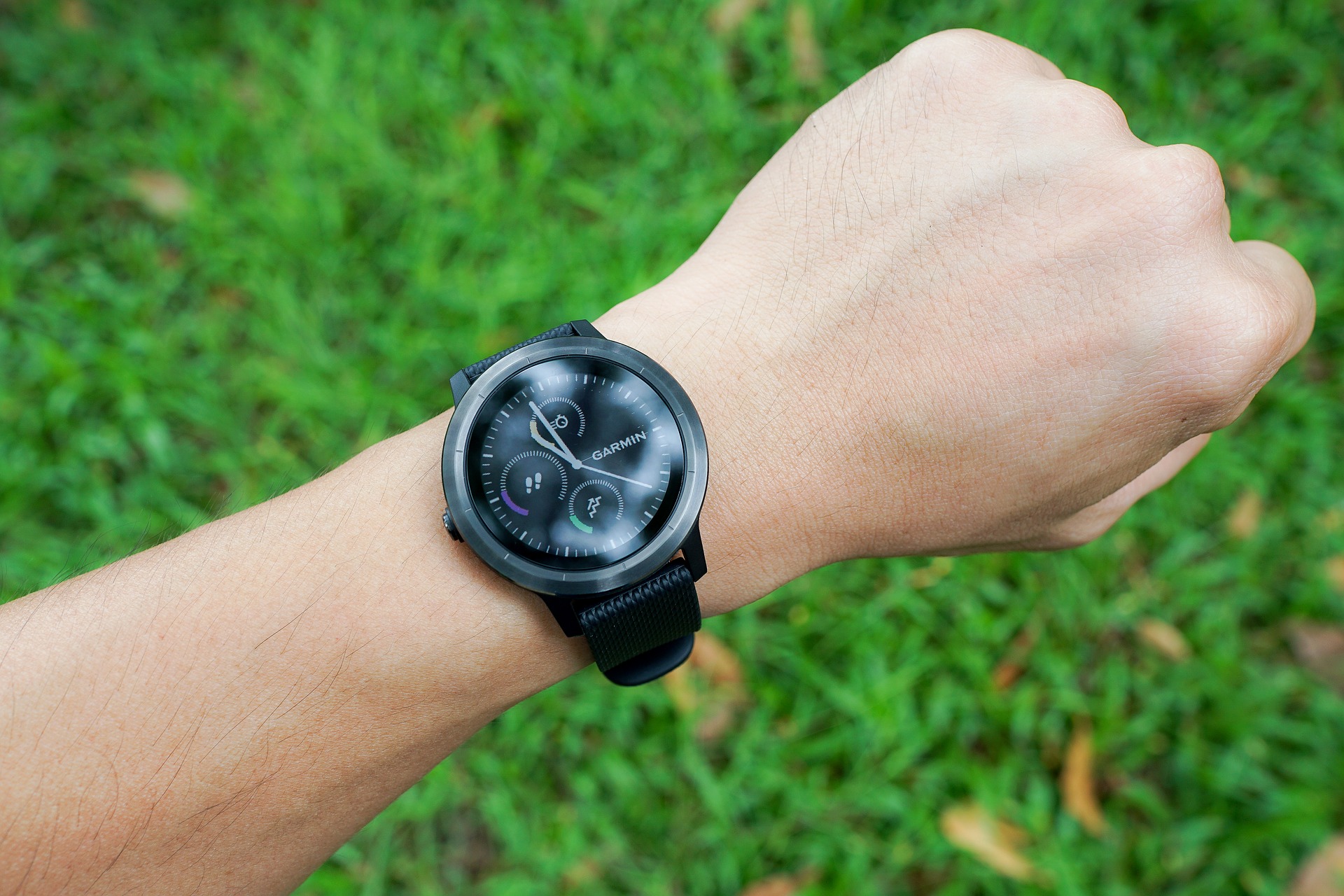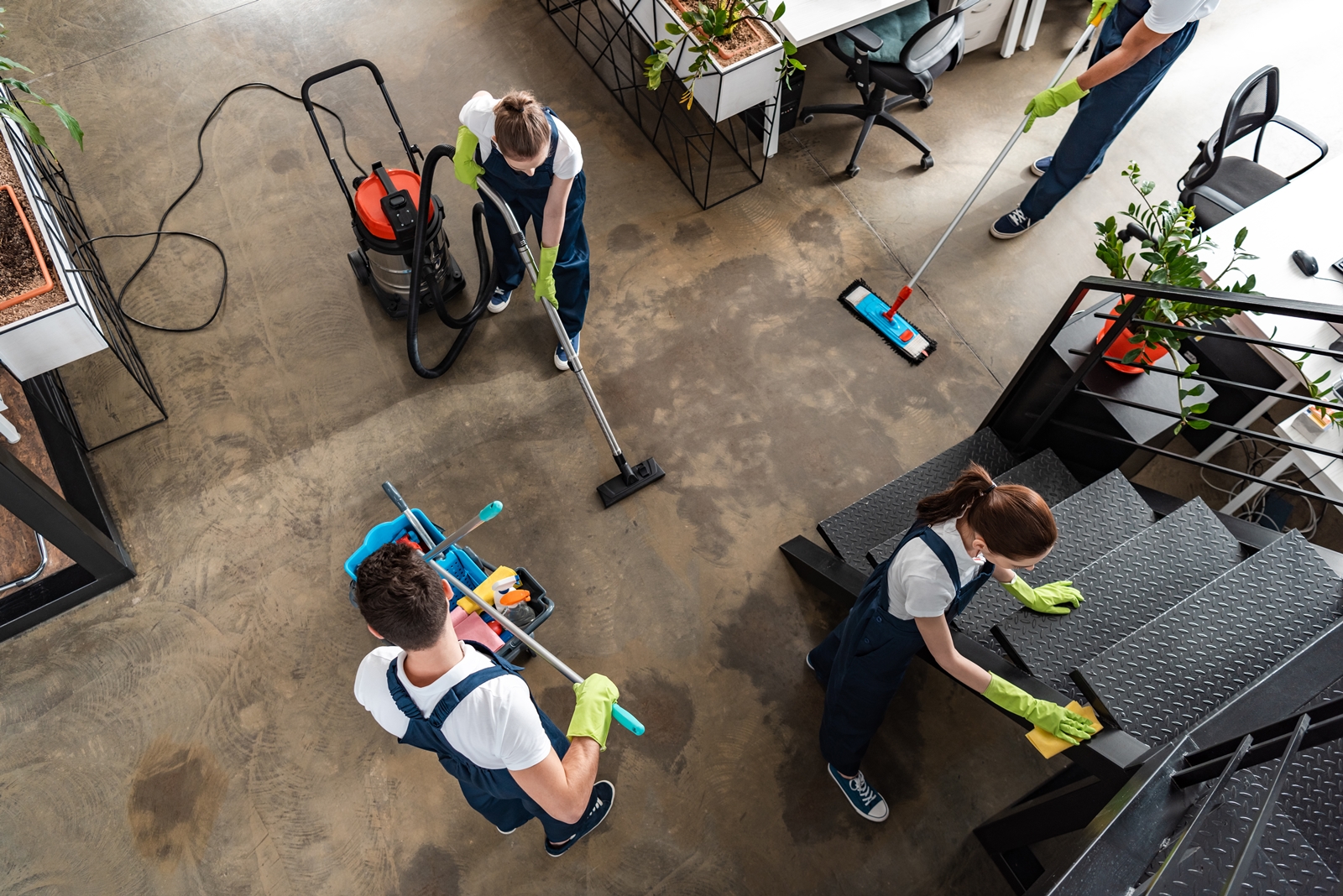Smart healthcare is one of the toughest but also fastest growing industries. A Silicon Valley start-up with a strong background in medical surgery and Thaumatec joined forces to bring IoT into the picture. The idea of developing a real-time device that could film surgeries, promptly became a reality thanks to Thaumatec’s extensive experience on IoT.
What is smart healthcare?
The world is changing every day and its fast growth and development influence each area of our lives – and smart healthcare is one of those areas. Our definition of smart healthcare is “a technology that can support better diagnostics, treatments, cures and everyday life of patients as well as the technology that can influence the whole industry itself – like a better way to educate medical students etc”.
Smart healthcare can be developed in many different areas of medicine, as well as with different tools – online consultations, mobile health, smart home, more developed medical devices etc.
Smarter healthcare with Internet of Things
Development of the Internet of Things made smart healthcare inexpensive, effortless, and closer to the patients. Thanks to different ways of communication, now it’s much simpler to share the results taken by a sensor connected to the patient’s body and the doctor can have these results almost immediately. Image visualization can improve not only the process of 2D/3D analyze, but also the surgeon can educate students simultaneously during the surgery.
Surgery camera – a smart healthcare device
The smart healthcare camera can record the whole process, place more light or focus on a special spot or zoom and rotate the whole view on a screen. It records movies in Full HD resolution and can also manage all of the variables of recorded material. It also enables the transmission of the recorded material from one room to another, for medical students to view physically or online – all at the same time.
Developing a smart healthcare tool to support surgeons in a highly sensitive environment requires the application of different cutting-edge IoT technologies. The balance between providing real-time imaging of surgeries, being able to focus on certain detailed procedures and not limiting the surgeon in its freedom of movement was the challenge of this IoT solution.
Our way
A Silicon Valley start-up with a strong background in medical surgery identified the possibilities of IoT technologies supporting surgeons in carrying out and learning from the surgeries that were performed daily. Looking for a partner that could interpret this idea into a working technical IoT solution was no easy task. However, Thaumatec was selected due to its extensive experience of the whole IoT stack and the ability to quickly deliver results through agile development.
Thaumatec was responsible for writing the software for the smart healthcare device, which was responsible for all the processes – from coordinating the camera, recording, editing the material up to transmitting it online.


